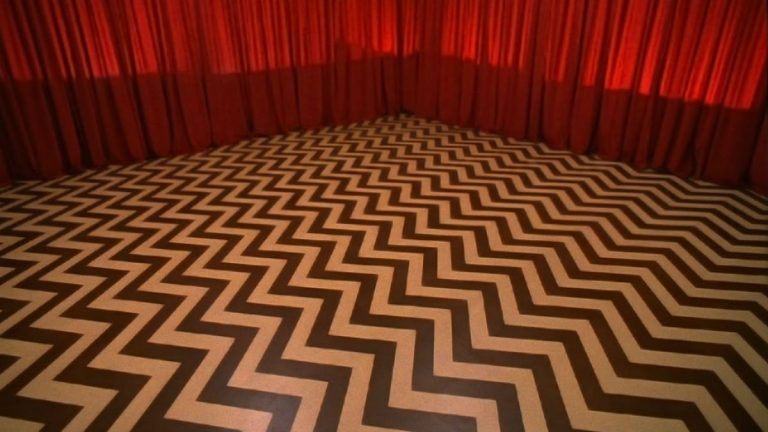You guys, it’s finally happening. “Twin Peaks,” the cult TV murder mystery from the ‘90s, is coming back to finish what was started 25 years ago.
I frequently write about disruptive technology — innovations that not only change the way we do things, but the way we think about the world as a whole. Innovation need not take place in the world of technology, however; there are just as many artists and entertainers doing things to challenge our preconceptions and make us rethink the boundaries of a particular medium.
“Twin Peaks” is an example of a show whose cultural impact far exceeded its meager two seasons worth of content. Helmed by visionary filmmaker David Lynch, the man who brought you such bizarre masterpieces as “Blue Velvet” and “Mulholland Drive,” “Twin Peaks” was notable for shattering many of the television conventions of its day.
It began with a tried and true murder mystery premise: Who killed Laura Palmer, a high school girl in a small northwestern town whose body is found washed up on a beach, wrapped in plastic? But with the arrival of eccentric FBI agent Dale Cooper, the series takes a hard left turn into the realm of the bizarre, the supernatural, and the just plain nutty.
With an enormous ensemble cast of approximately 35 colorful characters, and so many subplots and romantic entanglements it will make your head spin, “Twin Peaks” is, in many ways, a deconstruction of classic soap opera tropes (albeit taken to ridiculous extremes and twisted in unexpected ways).
Lynch’s love of the quirky, and willingness to embrace happy accidents, leads to head-scratching scenes, like the one in the second episode in which the town’s resident tycoon, Ben Horne, delivers his dialogue unintelligibly with his mouth completely stuffed full of bread.
This kind of convention-breaking is only a hint of things to come, as most viewers will not truly get a sense of the show’s strangeness until the iconic “red room” seen — a dream sequence in which dialogue is delivered backward, and cryptic clues to the mystery are handed out by a dancing dwarf against a visually striking backdrop.
If you’ve never seen it, odds are you’ve seen a parody of it on “The Simpsons” or elsewhere, as it contains images that have become part of the zeitgeist.
While most television shows at the time were filmed with three cameras from relatively flat, standard angles, “Twin Peaks” brought cinema-quality production to the small screen. Modern shows, like “House of Cards,” that have received so much acclaim for feeling like extended movies rather than conventional shows, owe David Lynch a debt for showing that one need not compromise quality to work in television.
As presaged by the guest appearance of a young David Duchovny, “Twin Peaks” would prove extremely influential for shows that followed it — perhaps, most notably, “The X-Files,” which took the idea of an FBI agent dealing with supernatural and otherworldly occurrences and ran with it. The show also inspired an entire genre of “quirky small-town” comedy-dramas.
“Twin Peaks” was abruptly canceled at the end of its second season, leaving unresolved one of the most frustrating cliffhangers in all of television. For those of us who have been waiting decades to find out what happened next don’t really know what to expect. But if the works of David Lynch — who returns, along with most of the original cast — are any guide, it will be something pretty special.
“Twin Peaks” will premiere with new episodes on Showtime beginning May 21, and the first two seasons are available to stream on Netflix. Anyone unfamiliar owes it to themselves to see one of the key series that elevated television drama to an art form in its own right.
This article originally appeared on Conservative Review.














Add comment